|
Plenary speakers
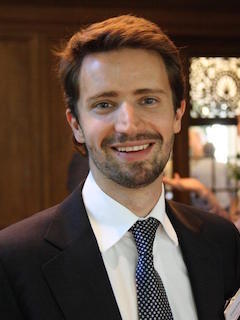 |
Gonçalo Correia
Delft University of Technology
Title: The Role of the Car in the XXI Century: applying mathematical programming models to manage and assess the potential of car-pooling, car-sharing and car-automation
Abstract: Mobility, especially on urban environments, has been changing in the last decades, leveraged by new technologies and significant societal changes. Information technologies and new vehicles are making available new mobility solutions like the Uber car or the prospect of a self-driving fleet of shared vehicles, moreover we have deep society changes such as an ageing population who is less able to drive a car and a young population, the so called millennials, who don′t want to own a car anymore. Traffic and traditional public transport have been extensively researched in the past making available a set of methods that allow private companies and public authorities to manage these systems in an efficient way. With regard to the new modes and technologies there is however still a lack of knowledge on how to run them or even what type of changes they will introduce in the mobility system. In this plenary session I will be describing different uses of mathematical programming in both, disclosing the impacts, and finding management strategies for three mobility disrupters: car-pooling (several people in the same car), car-sharing (sequential usage of the same car by different people) and automated vehicles.
|
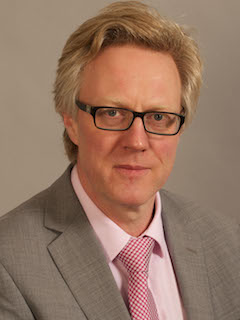 |
Des Higham
University of Stathclyde
Title: Models and Algorithms for Dynamic Networks
Abstract: In many modern applications we can record interactions that appear and disappear over time. This type of dynamic network arises, for example, in on-line human behaviour (emails between individuals), in transport (flights between cities) and in city sensors (correlations between measurements). Some of the key concepts from traditional network science must be adapted or generalized in this dynamic setting. In this talk I will focus on (a) a modelling framework that allows us to quantify and test hypotheses from the social sciences and (b) an approach to monitoring node centrality that has proved useful on very large social media networks. Results will be illustrated on real data sets.
|
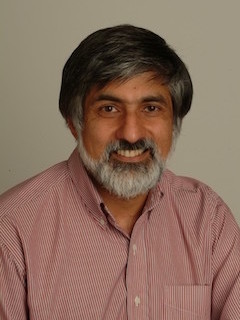 |
Philip K. Maini
University of Oxford
Title: Modelling Collective Cell Motion in Biology
Abstract: Collective cell motion, either in the form of individual cells
signalling to each other, or moving as a sheet, is very common in
biology. Here, I will present a hybrid discrete cell-based model
for cranial neural crest cell invasion and a model for epidermal
cell movement in intestinal crypts. The models will be compared
with experimental results.
|
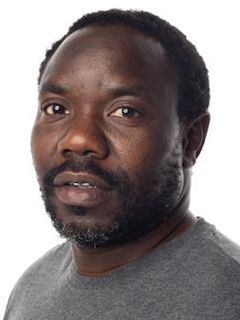 |
Anotida Madzvamuse
University of Sussex
Title: The Numbers for Cell Motility: novel approaches for whole cell migration
Abstract: In this talk, I will present a novel approach for whole cell tracking based on geometric partial differential equations for the cell surface motion where the physics of the migrating cell is easily encoded. In order to fit to experimental data an optimal control framework using phase-field theory is presented. A highly efficient, adaptive and fast multigrid solver is then employed to allow for realistic 2D and 3D simulations. Numerical examples will be exhibited that show the applicability of the mathematical framework for whole cell migration.
|
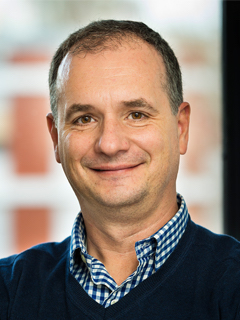 |
Luís Rocha
Indiana University & Instituto Gulbenkian de Ciência
Title: Structure and Dynamics of Complex Systems: from social media mining to control of biochemical networks
Abstract: The structure of networks has provided many insights into the organization of complex systems. The success of this approach is its ability to capture the organization of multivariate interactions, and how it changes in time (network evolution) without explicit dynamical rules for node variables. As the field matures, however, there is a need to move from understanding to controlling complex systems. This is particularly true in systems biology and medicine, where increasingly accurate models of biochemical regulation have been produced. More than understanding the organization of biochemical regulation, we need to derive control strategies that allow us, for instance, to move a mutant cell to a wild-type state, or revert a mature cell to a pluripotent state. Here I present two concepts developed in our group aimed at supporting this goal. First I will present the concept distance backbone, the invariant subgraph of the distance closure of weighted graphs [Simas & Rocha, 2015]. This backbone allows us to identify redundant edges in the computation of shortest paths; we show that there is massive redundancy in many networks in different domains, including social media, Wikipedia, functional and structural brain networks, citation, air traffic, etc [Simas et al, 2016]. Since shortest-paths and diffusion distances play a role in information dynamics unfolding on brain networks [Kolchinsky et al, 2014] and knowledge networks [Ciampaglia et al, 2015], removing redundant edges can facilitate computation and discovery of important pathways in many applications. Secondly, I will present the schema redescription methodology, used to remove redundancy from automata rules to reveal their canalization properties, thus simplifying the characterization of control in large models of natural networks, such as systems biology models of biochemical regulation [Marques-Pita & Rocha, 2013]. We demonstrate that canalization (measured as effective connectivity) is an order parameter of Boolean Network (BN) dynamics, and a major factor in network controllability [Gates and Rocha, 2016; Marques-Pita, Manicka and Rocha, 2016].
|
|
